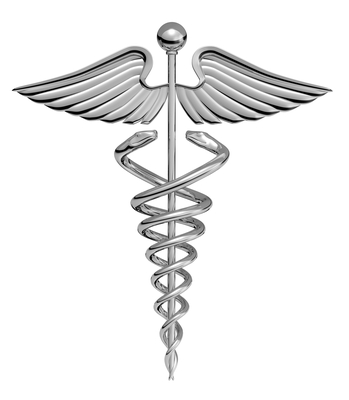Obstacles Facing Healthcare Administration in Rural Environments
- Finding Qualified Staff Members
- Maintaining Patient Communications
- Accessibility of Services
- Providing Specialized Care
- Building Community Partnerships
Healthcare administration in rural areas faces many of the same challenges as it does in cities, but there are a few fundamental differences that have significant implications for service providers. Administrators are tasked to solve problems that emerge over time and find ways to improve the overall operations of their organization. To do this, they need to take the time to research the needs of the community they serve and the obstacles that prevent patients from getting the care they need.
Finding Qualified Staff Members
Educated professionals tend to move towards urban areas due to a higher concentration of jobs in their industry. While many people are willing to move a long distance to take up a new position, consistently finding qualified hires can be a problem for healthcare administration in rural areas. Companies or organizations with personnel shortages must take the initiative to encourage applicants and retain existing employees. Partnering with local universities for internship programs allows healthcare providers connect with new professionals who will be looking for career opportunities in the near future.
Maintaining Patient Communications
Informing and communicating with patients is always more difficult in rural environments compared to urban ones. While many people throughout the nation have some access to the internet, those in rural environments are less likely to adopt it for daily use. Low literacy and language barriers can also be problems in many of these communities. Healthcare providers must take steps to ensure their patients fully understand important information, like long-term care instructions for managing a chronic condition.
Accessibility of Services
Patients in rural areas can have a difficult time reaching healthcare providers on a regular basis, which can discourage them from seeking prompt care for injuries or illness. Lack of public transportation along with greater travel distances can be a big obstacle, which is why some rural healthcare institutions participate in patient-oriented care initiatives. Providers should consider community outreach and awareness efforts to encourage local residents to get screenings for common conditions, like heart problems or cancers.
Providing Specialized Care
Over the last few years, the healthcare industry has been rapidly evolving towards specialized care. While there are many benefits to this approach, it is not always practical in rural areas with a limited number of patients. Individual healthcare providers can’t sustain the costs of fully specialized facilities, but they can offer limited specialization and refer patients to nearby institutions for other types of care. This type of partnership should be based on current supply and demand, so that medical centers can work together to cover the needs of their patients in region.
Building Community Partnerships
Rural communities tend to be close-knit and heavily based on personal networks. Despite the many challenges facing healthcare administration in these areas, providers can also leverage the natural community networks to ensure better care for their patients. Partnering with local senior centers, churches and other organizations gives healthcare providers direct access to groups that need care. It also allows them to reach a much large audience through their partners without significant investment of money or manpower.
Addressing obstacles is part of the job as a healthcare administrator, so it’s imperative to really understand the specific issues facing individual communities. Not all rural areas suffer from the same problems when it comes to healthcare, but many of them stem from basic issues like lack of communication, accessibility and affordability. Maximizing the efficiency of healthcare administration in rural areas is certainly not easy, but there are plenty of ways to overcome these challenges and develop methods that better serve patients.
You might like: What is Population Health Management?
